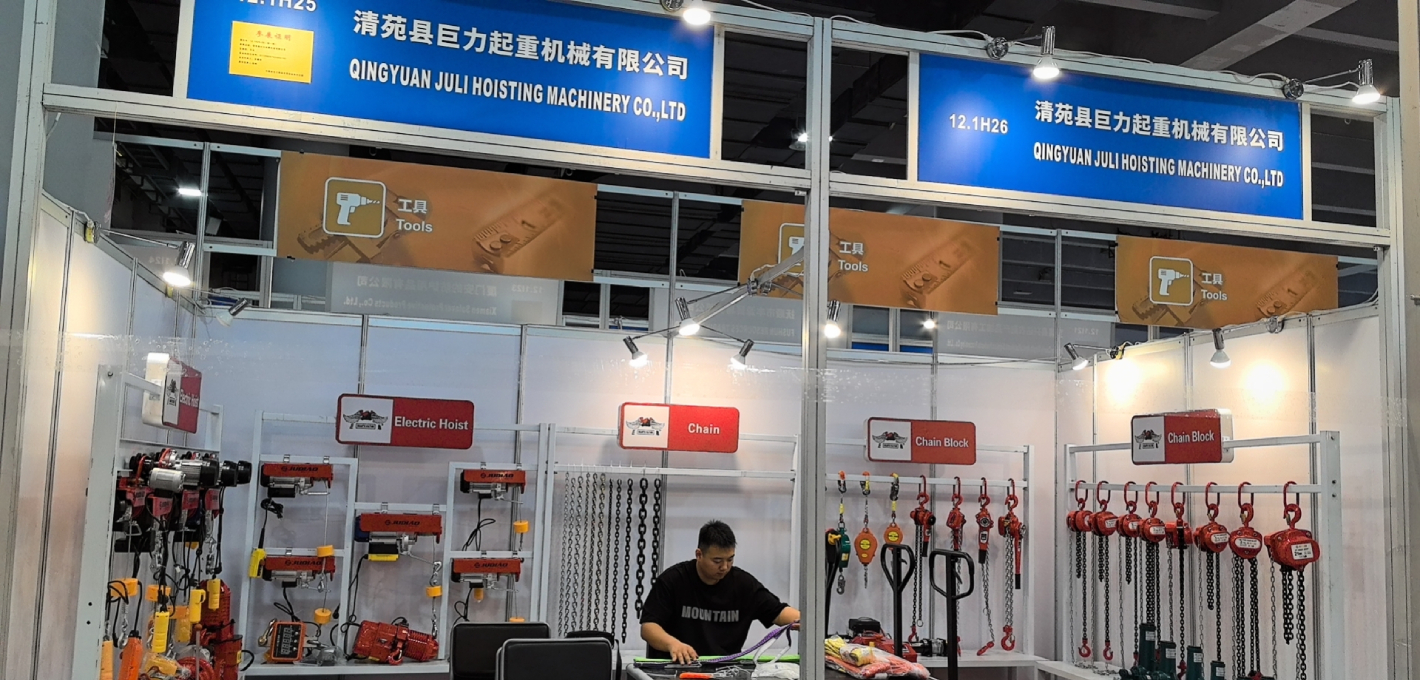


Importance of Fall Protection in the Workplace
Falls are one of the leading causes of workplace injuries and fatalities, particularly in construction and industrial environments. To safeguard workers, implementing effective fall protection measures is not only a requirement under regulations but also a moral obligation to ensure safety in the workplace. Understanding the various aspects of fall protection is essential for employers and employees alike.
Understanding Fall Hazards
Falls can occur from various heights—whether from a ladder, scaffolding, roof edges, or even a simple step. The Occupational Safety and Health Administration (OSHA) defines fall protection as systems or equipment that will prevent a worker from falling or reduce the risk of injury in case of a fall. Recognizing these hazards is the first step toward developing a comprehensive fall protection plan.
Types of Fall Protection
There are three main categories of fall protection systems guardrails, safety nets, and personal fall arrest systems (PFAS).
1. Guardrails These are barriers erected to prevent workers from falling to lower levels. They are typically used on rooftops, scaffolding, and other elevated areas. Properly designed guardrails can be highly effective in preventing falls.
2. Safety Nets Installed below the work area, safety nets catch workers if they fall. These nets must be tested to ensure they can withstand the impact force of a falling worker and are typically used on large construction sites.

3. Personal Fall Arrest Systems PFAS includes harnesses, anchorage points, and connectors that work together to stop a fall before a worker hits the ground. They are crucial for jobs involving significant elevation and require training for proper use.
Training and Compliance
Compliance with OSHA regulations is critical but goes hand-in-hand with effective training. Workers must be trained to recognize fall hazards, understand the proper use of fall protection equipment, and know how to apply safe work practices. Regular training sessions will refresh knowledge and reinforce the importance of safety protocols.
The Role of Employers
Employers have a legal and ethical responsibility to provide a safe working environment. This includes conducting regular inspections to identify potential fall hazards, maintaining equipment, and ensuring that all safety measures are up to date. Encouraging a culture of safety where employees feel empowered to report hazards without fear of retribution is essential in fostering a safe workplace.
Conclusion
Fall protection is a critical component of workplace safety. By understanding fall hazards, implementing appropriate protective measures, ensuring compliance with safety regulations, and providing thorough training, employers and employees can significantly reduce the risk of fall-related injuries. The investment in fall protection systems not only safeguards lives but also enhances productivity and morale among workers. In the end, a proactive approach to fall safety is beneficial for everyone involved. The cost of preventing falls is always less than the cost of dealing with a fall-related incident. Remember, safety is not just about compliance; it’s about caring for the people who contribute to your organization.



